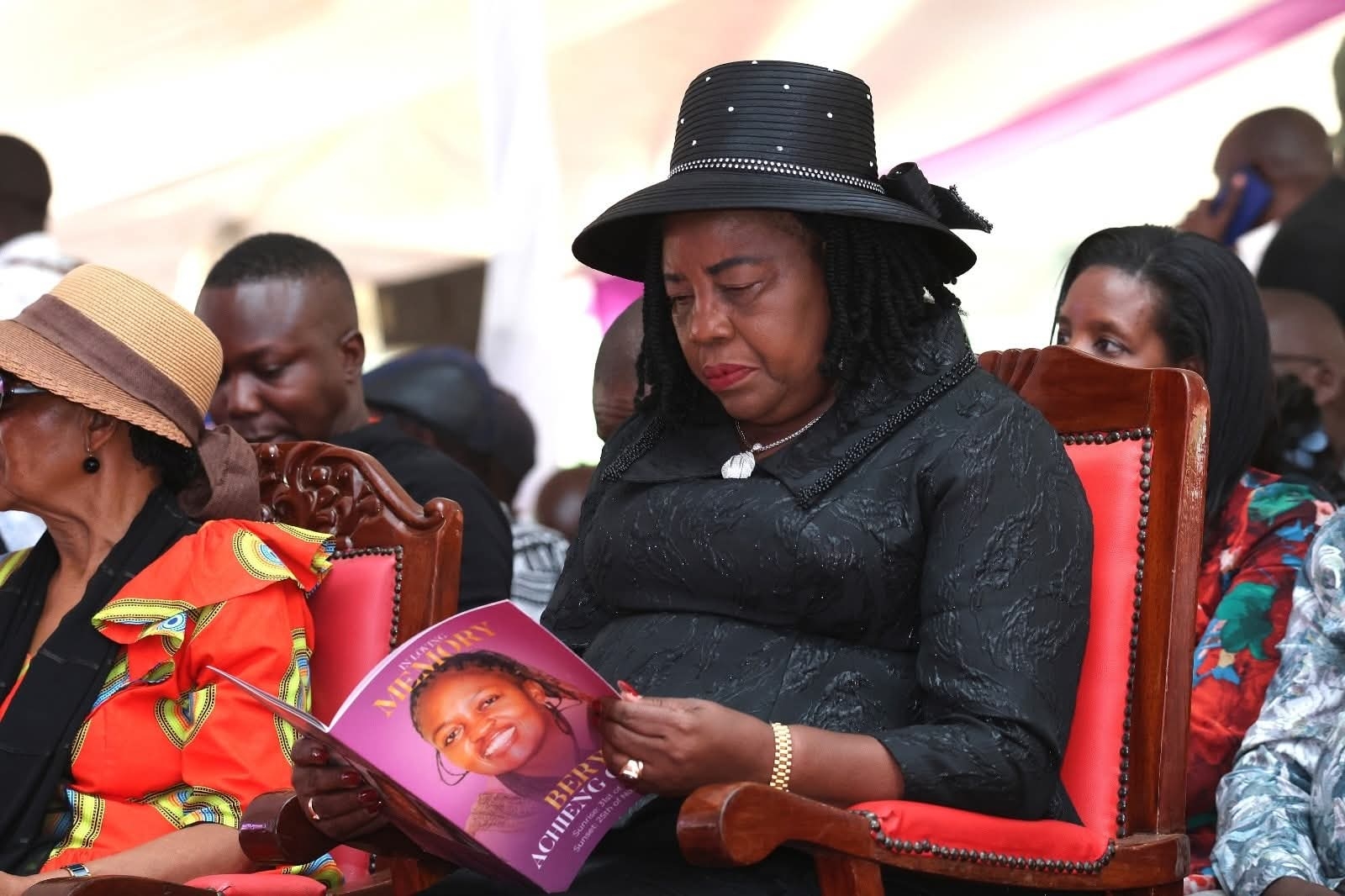KCB Group PLC recorded a 54 per cent growth in total assets to Sh1.86 trillion in the first half of the year ending June 30, eclipsing Equity Bank as the largest lender in East Africa.
The lender’s financial results for the first six months of the year shows the growth in balance sheet was driven by consolidation of Trust Merchant Bank (TMB) acquired in December 2022, and an increase in customer deposits to Sh1.47 trillion.
The lender had Sh1.2 trillion in asset value in the corresponding period last year before growing them to Sh1.5 trillion in the year ended December 31, 20202.
“Despite a challenging economic environment across our operating markets, the business remained resilient delivering a strong balance sheet and increased contribution from regional businesses,’’ KCB Group CEO Paul Russo said.
KCB has now surpassed Equity Bank Holdings, which reported Sh1.65 trillion to June this year, a 23 per cent growth compared to a Sh1.3 trillion similar period last year.
Cooperative Bank Group is now the third largest lender in terms of asset value followed by NCBA Bank, which releases its half-year results later today.
Banks continue to report growth in assets on good loan returns and customer deposits, readying Kenya for potential Public Private partnerships (PPPs) to erect high-cost infrastructure projects.
The World Bank puts $10 billion (Sh1.4 trillion) as a clear threshold for a single lender to finance capital-intensive projects.
Last year, Kenyan banks hit an asset value of Sh6.3 trillion to control half of the country’s Gross Domestic Product estimated at Sh12 trillion in the latest Economic Survey by the Kenya Bureau of Statistics (KNBS).
KCB’s net earnings for the year, however, shrunk 22 percent to Sh16.05 billion compared to Sh19.6 billion in the same period last year on high operational costs that rose by Sh48 per cent.
Profit after tax was greatly impacted by aggressive provisioning on facilities in KCB Kenya, inherited legal claims in National Bank of Kenya (NBK) and staff restructuring costs incurred in KCBK and NBK being an investment to right-size the organisations.
According to Russo, the group also prudently raised its loan loss provisions on foreign currency-denominated credit facilities on account of a challenging operating environment.
“Profitability was under pressure in the first half from increased funding costs on higher market deposit rates, prudent provisioning on legacy credit facilities, and provisions for legacy legal claims at NBK,’’ Russo said.
The loan book increased by 32 per cent to Sh964.8 billion from Sh730.3 billion in half year 2022. Customer deposits increased by 61.9 per cent from TMB consolidation and organic growth to hit close to Sh1.5 trillion.
Consequently, revenue grew by 22.2 per cent to Sh73.1billion, driven by consolidation and growth of TMB, growth in customer loans, and non-funded income (NFI).
The NFI stream was propelled by fees and commission as well as sustained growth of digital channel transactions and volumes.
“Looking ahead, noting the actions we have taken and with significantly improved liquidity, business focus is on accelerated performance in the second half of the year while supporting the distressed customers” he added.
The performance of regional businesses- Contribution from businesses outside Kenya increased by 166 per cent to 38.1 per cent of the Group business with profit before tax at Sh8.5 billion.
Funded income increased 12.1 per cent to Sh45.5 billion on loans and Government securities growth to offset the growth in interest expense from the increased cost of funding. Non-funded income increased by 43.4% per cent to Sh27.6 billion.
On asset quality, the NPL ratio eased to close the period at 17.4 per cent, an improvement of 410 bps from the previous year. The Group is committed to improving asset quality.
Shareholders’ funds increased by 20per cent to Sh218 billion from the increase in profits for the period.
KCB Group maintained healthy Capital ratios complying with regulatory limits. Core capital as a proportion of total risk-weighted assets stands at 15 per cent against the statutory minimum of 10.5 per cent
The total capital-to-risk-weighted assets ratio was at 18.4 per cent against a regulatory minimum of 14.5 per cent. All banking subsidiaries operating outside Kenya were compliant with their respective regulatory capital requirements.













